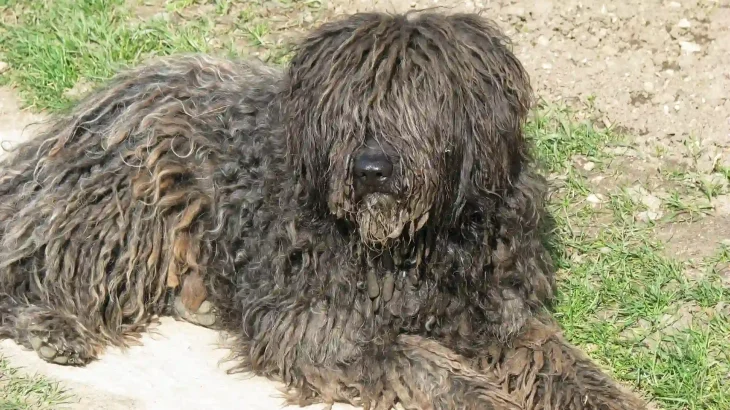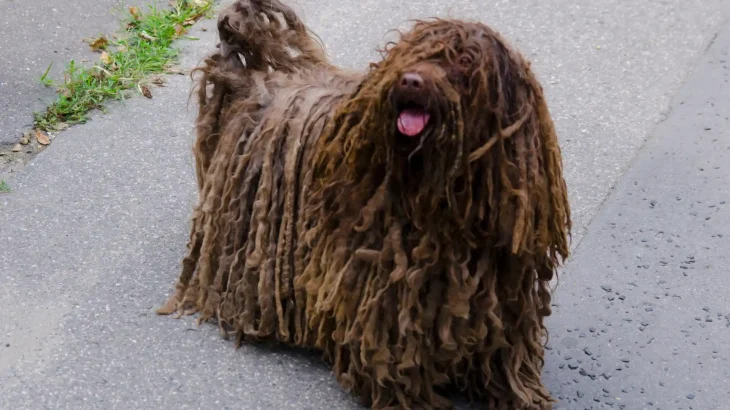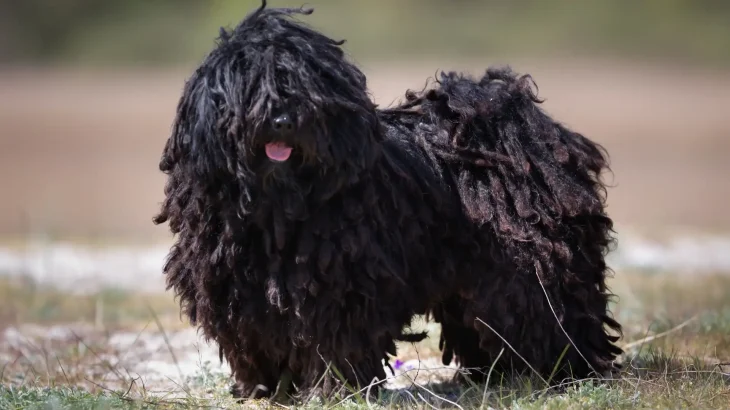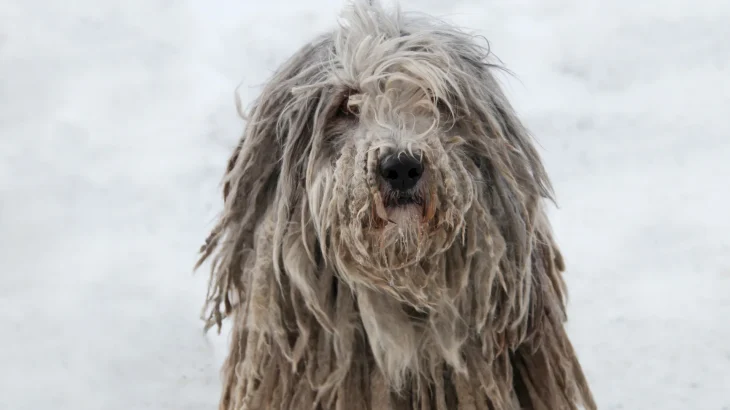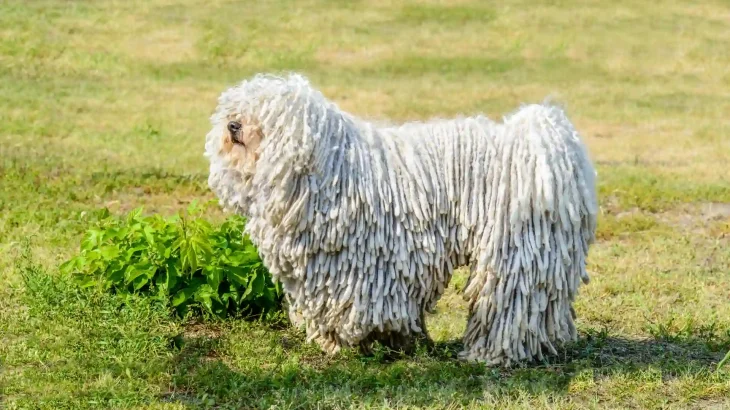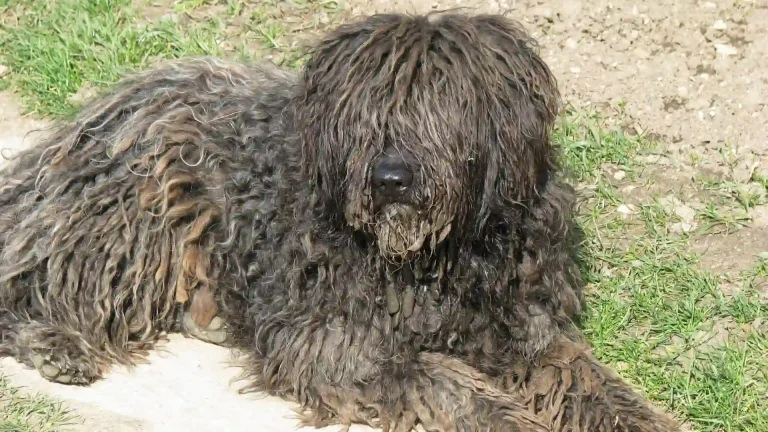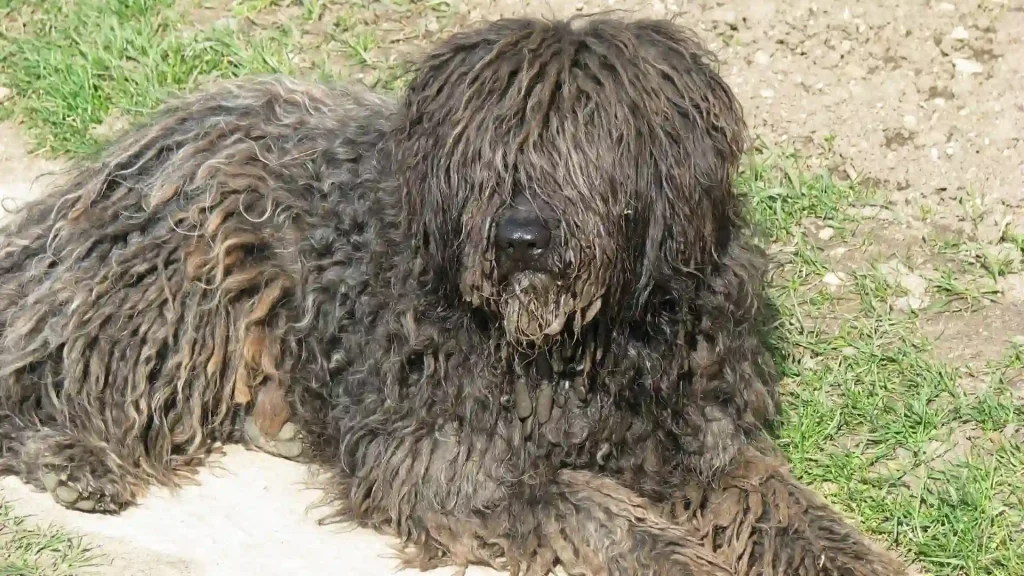Deciding whether to adopt or purchase a Bergamasco puppy involves weighing factors like health transparency, costs, and ethical considerations. Purchasing from a breeder typically offers a clearer health history and pedigree, while adoption can be more budget-friendly and supports animal welfare. Both paths have benefits depending on what you value as a dog owner.
Adoption vs. Breeder: Pros & Cons
| Criteria | Buying from Breeder | Adopting from Shelter/Rescue |
|---|---|---|
| Cost | Higher initial cost due to purebred status and breeder expenses. | Lower fees, generally more affordable and may include initial medical care. |
| Health History | Comprehensive health records and genetic testing usually provided. | Health background may be limited or unknown; screening varies by shelter. |
| Age Availability | Primarily young puppies, allowing bonding from early stages. | Variety of ages, including older dogs ready for immediate adoption. |
| Temperament Insight | Breeder shares info on parental temperament and lineage traits. | Temperament observed by shelter staff; less predictability due to unknown lineage. |
| Supporting Practices | Supports established breeding programs, ideally ethical ones. | Supports animal welfare efforts by giving homes to dogs in need. |
| Ethical Considerations | Requires choosing reputable breeders to avoid unethical breeding. | Helps reduce shelter populations and gives dogs a second chance. |

